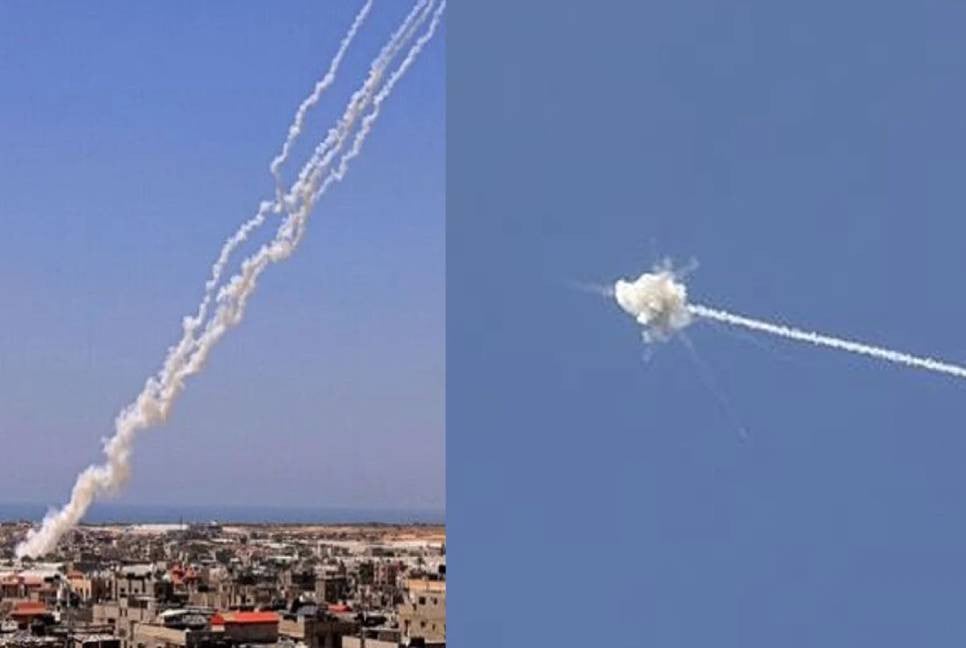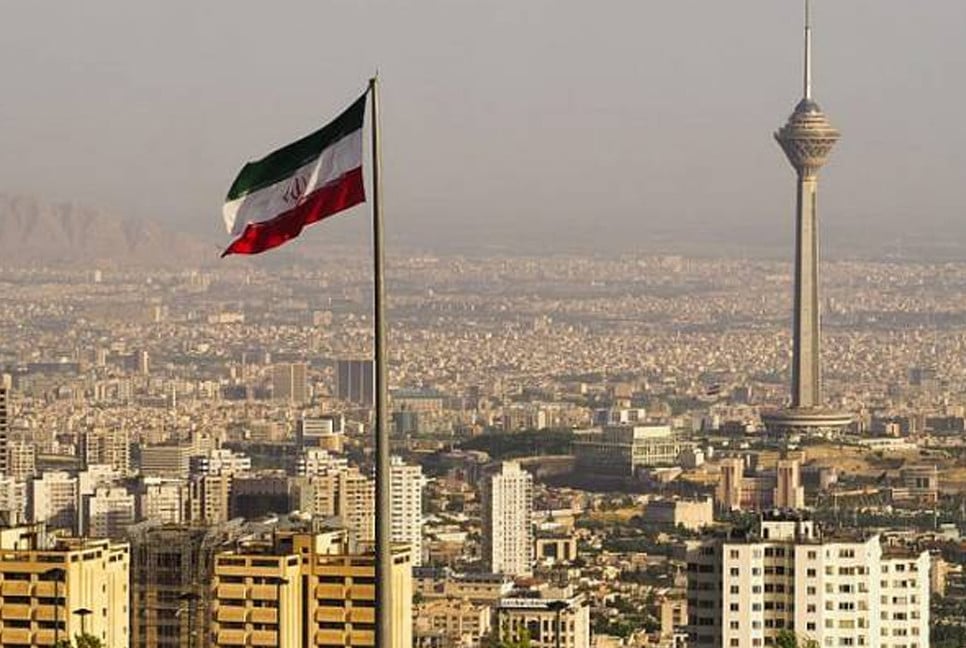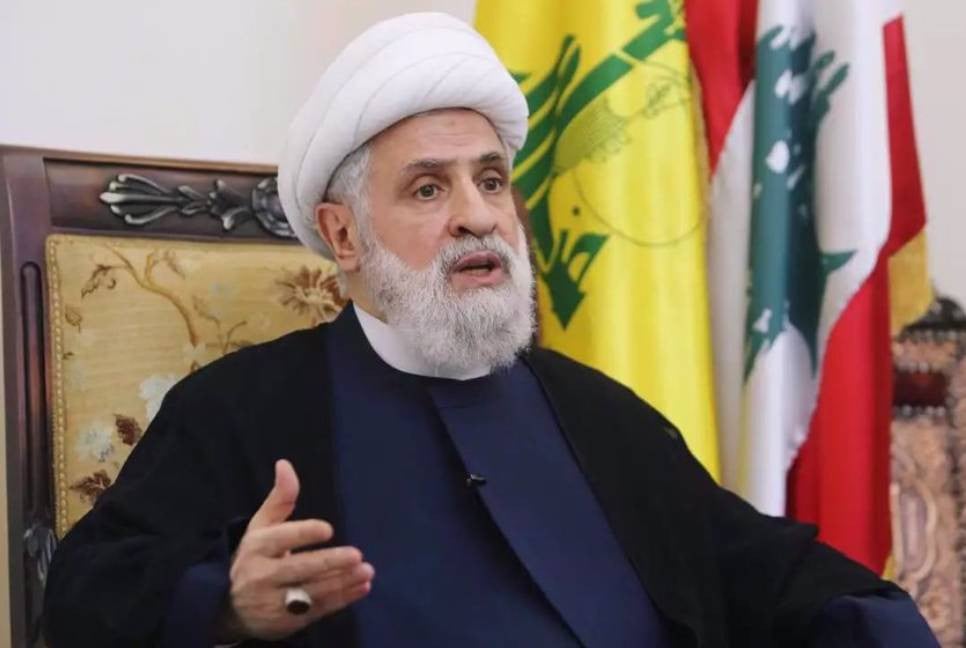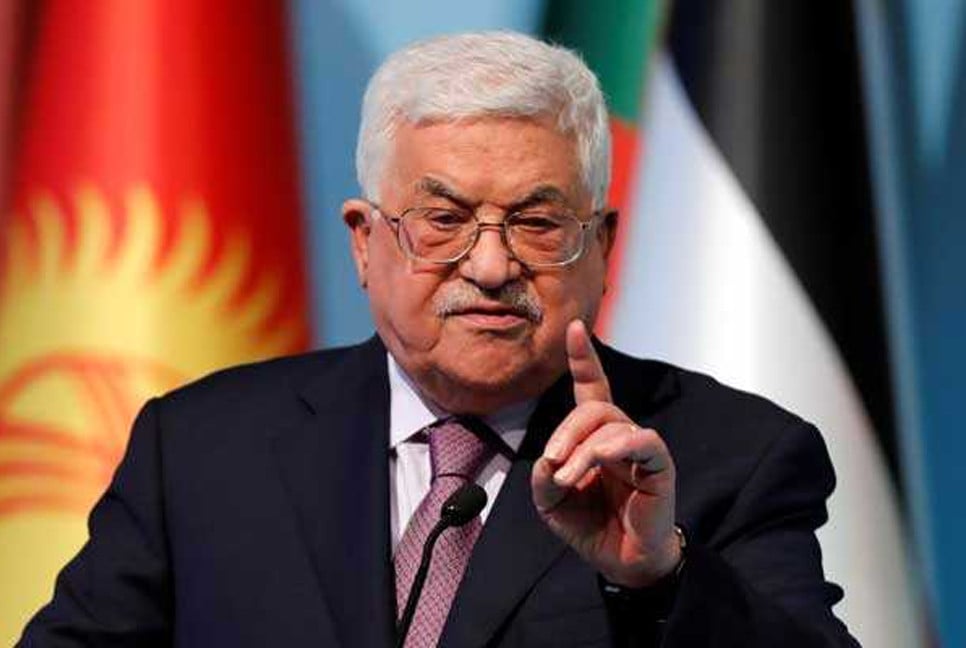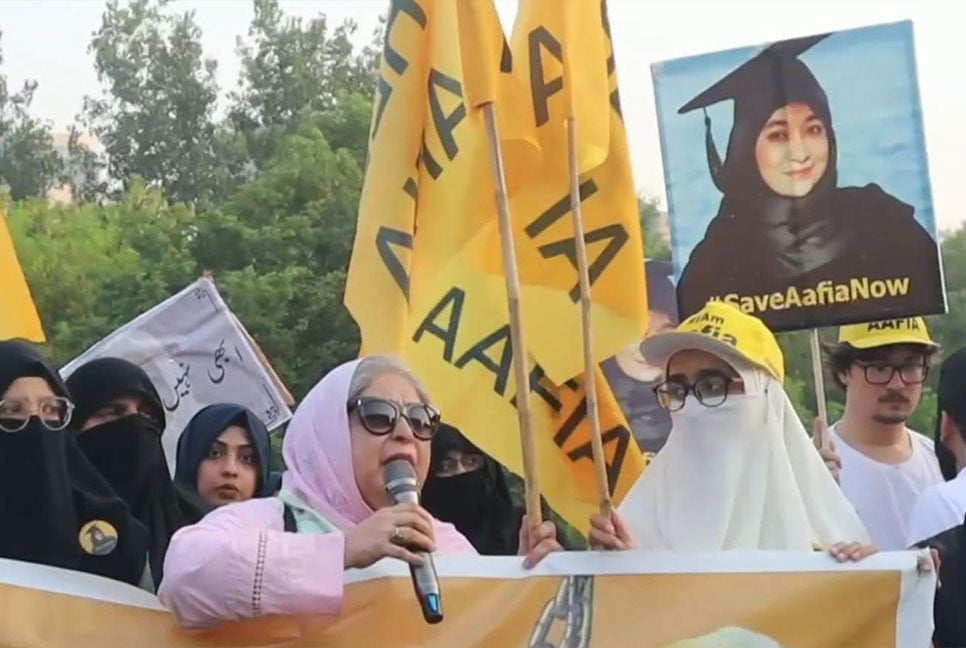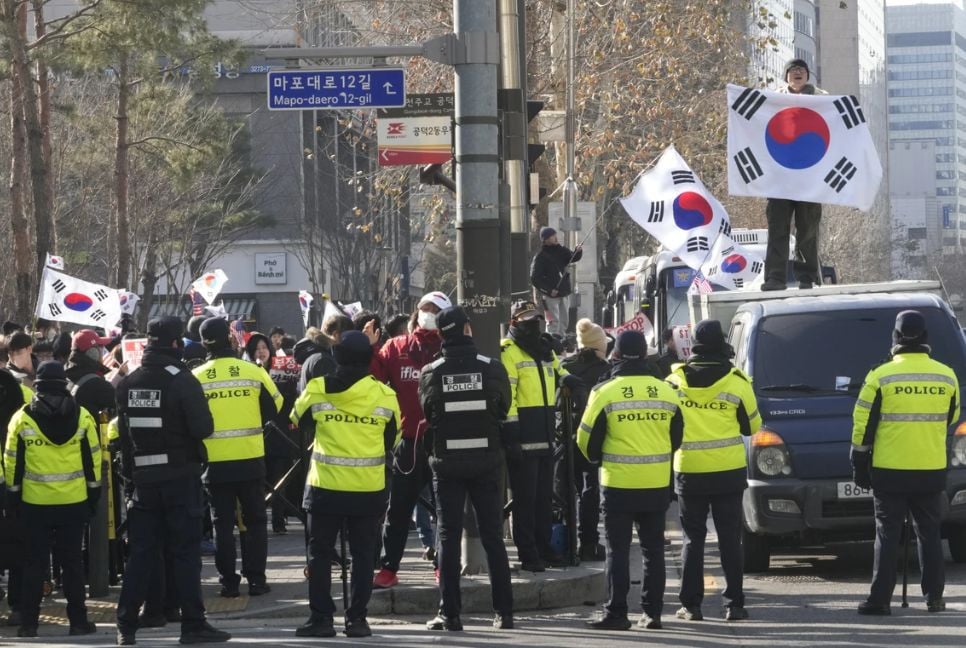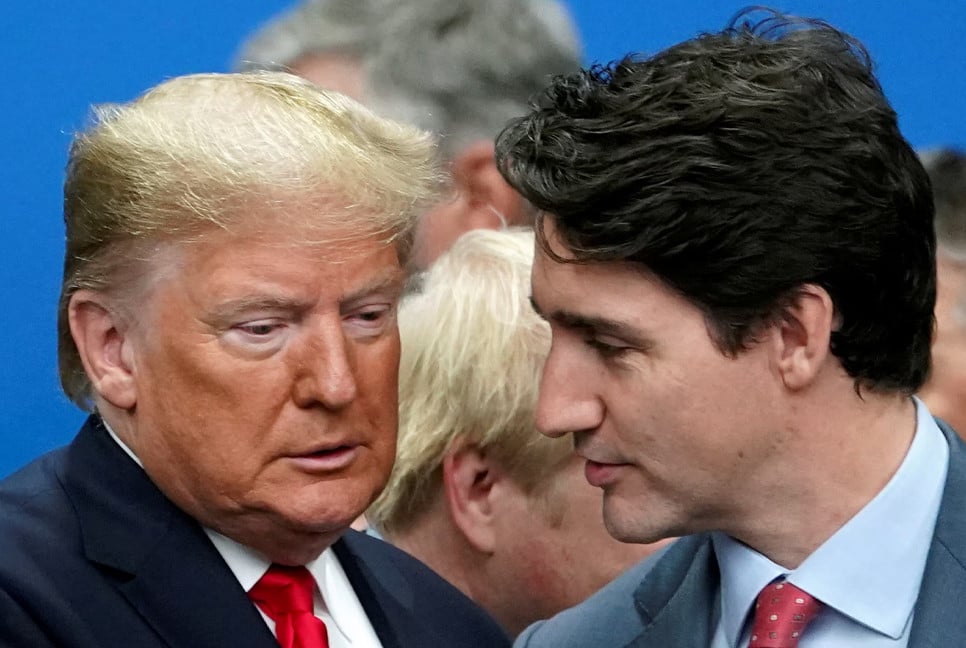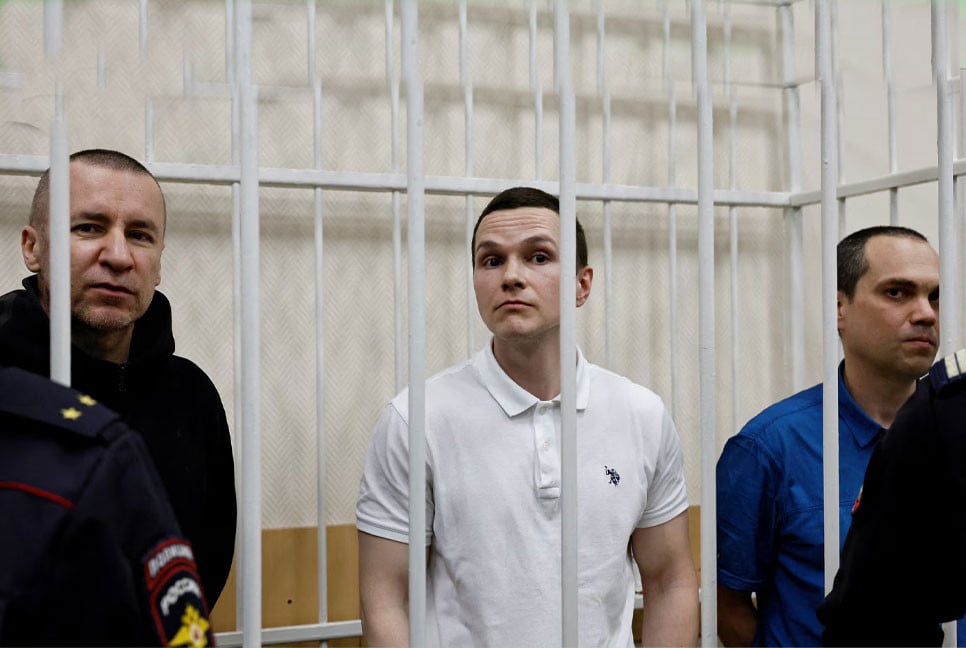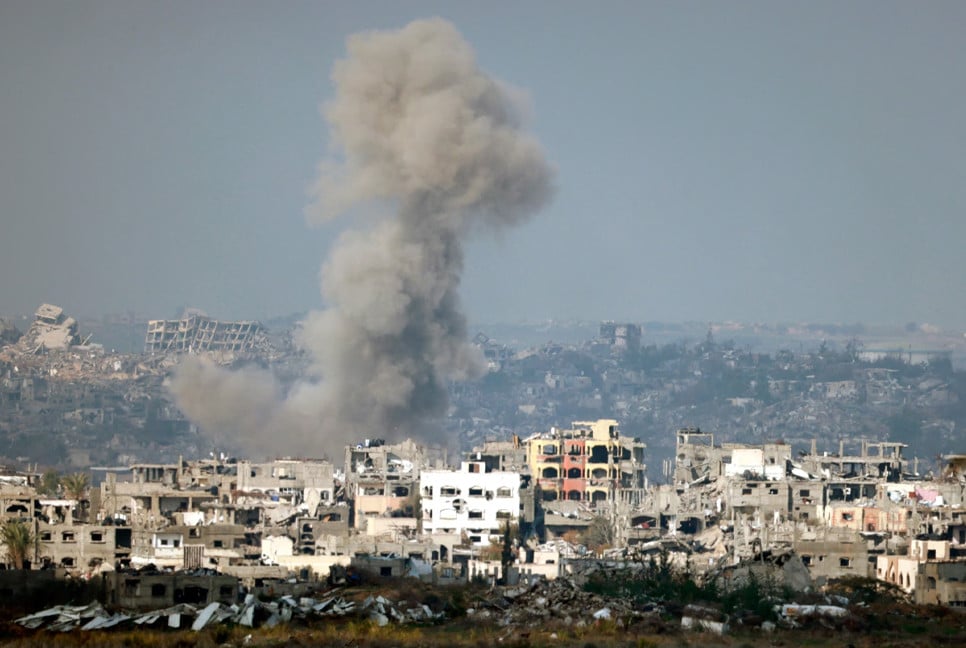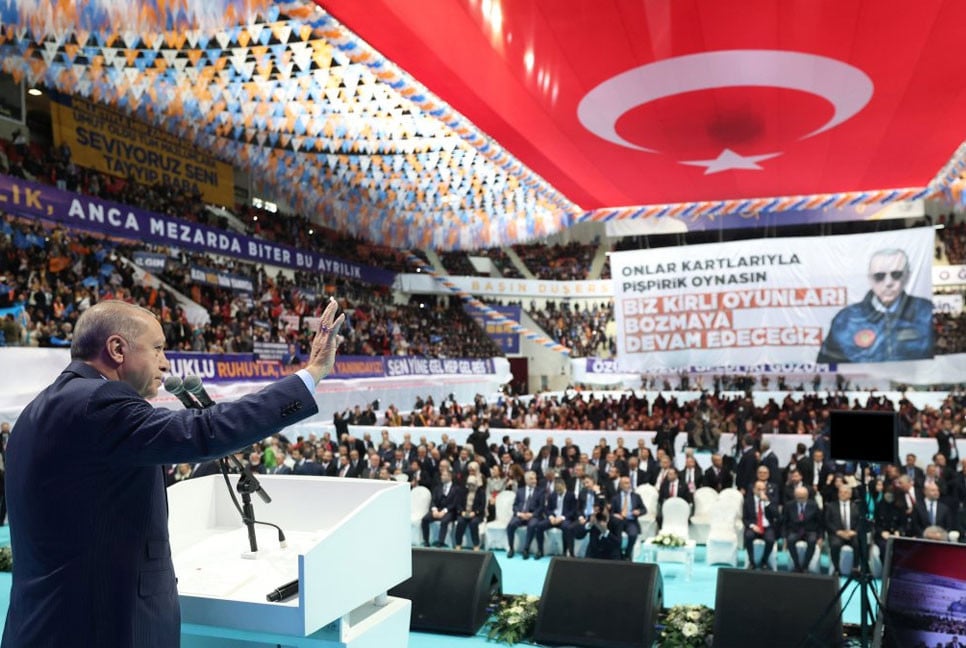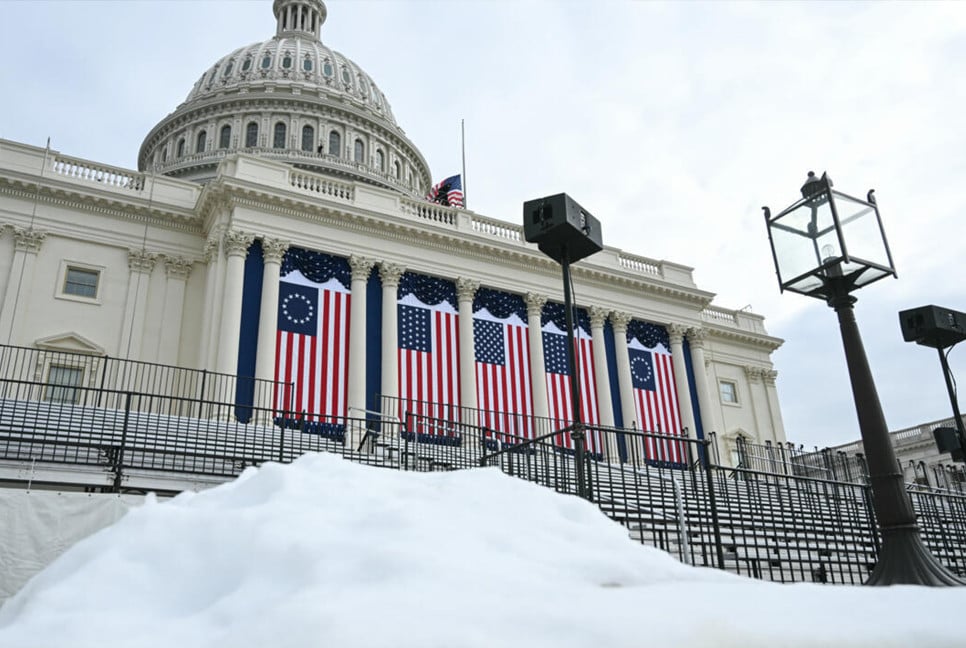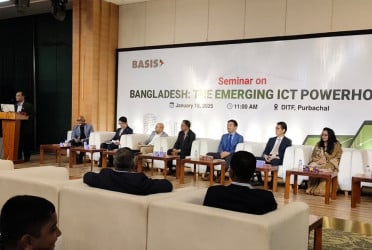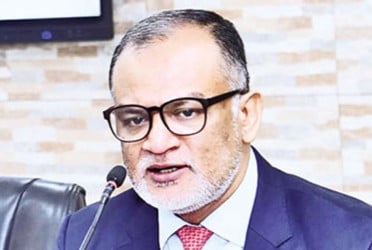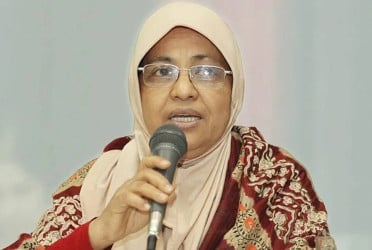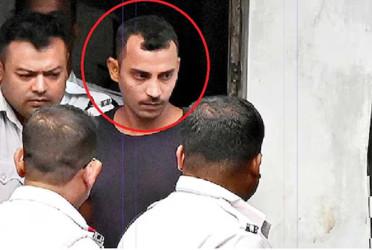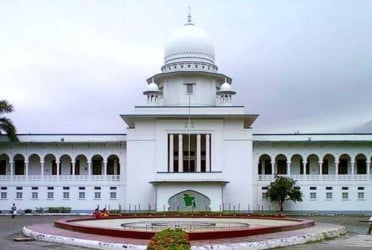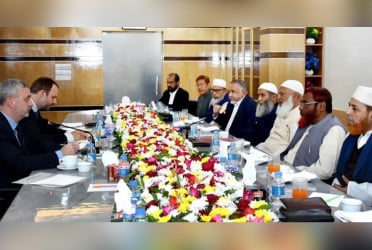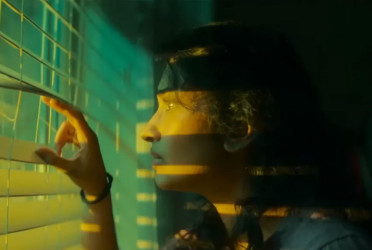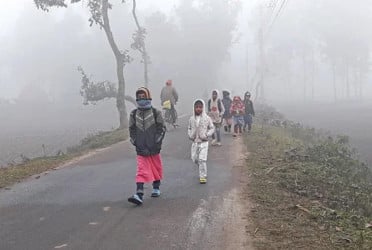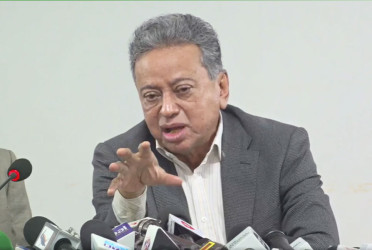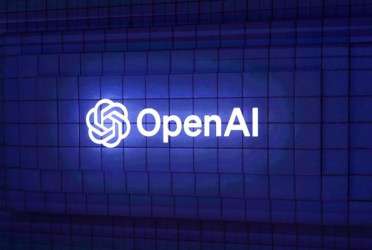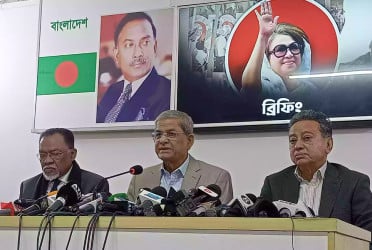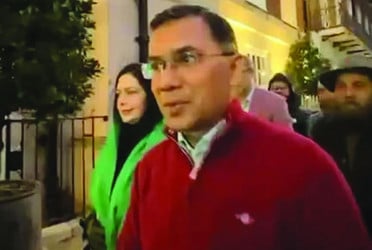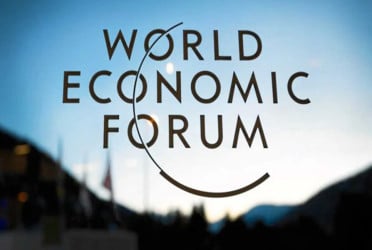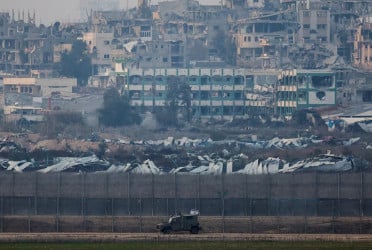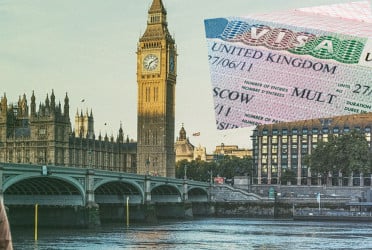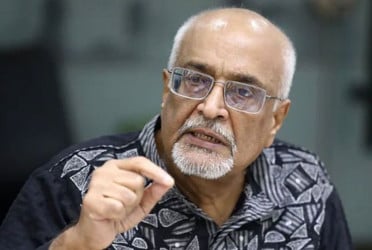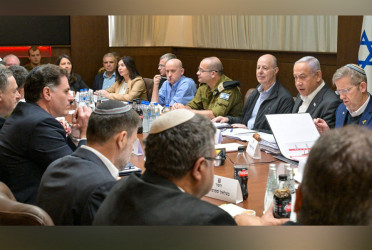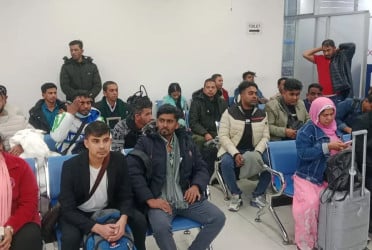More than 60 years after the assassination of President John F. Kennedy, conspiracy theories continue to persist, and any new information about the tragic events of November 22, 1963, in Dallas still captures public interest.
During his reelection campaign, President-elect Donald Trump vowed to declassify all remaining government records related to the assassination if he returned to office. He had made a similar promise during his first term but ultimately sided with requests from the CIA and FBI to withhold certain documents.
Currently, only a few thousand of the millions of records associated with the assassination have been fully released. Experts who have studied the available files suggest that even if the remaining documents are declassified, they are unlikely to reveal any groundbreaking new information.
“Anyone expecting a smoking gun that will overturn the case will be sorely disappointed,” said Gerald Posner, author of Case Closed, which asserts that assassin Lee Harvey Oswald acted alone.
The 61st anniversary of Kennedy's assassination will be marked by a moment of silence at 12:30 p.m. on Friday in Dealey Plaza, the site where Kennedy's motorcade was passing when he was fatally shot. Several events commemorating the anniversary have also taken place throughout the week.
When Air Force One carrying President John F. Kennedy and First Lady Jacqueline Kennedy arrived in Dallas, they were welcomed by clear skies and enthusiastic crowds. The visit was part of a political trip to Texas aimed at mending fences ahead of Kennedy's reelection campaign the following year.
However, as the presidential motorcade neared the end of its route downtown, shots were fired from the Texas School Book Depository building. Police quickly arrested 24-year-old Lee Harvey Oswald, and two days later, nightclub owner Jack Ruby shot and killed Oswald during his jail transfer.
A year after the assassination, the Warren Commission, established by President Lyndon B. Johnson to investigate the events, concluded that Oswald acted alone and found no evidence of a conspiracy. Despite this, alternative theories have persisted for decades, fueling ongoing speculation surrounding the tragic event.
In the early 1990s, the federal government mandated that all documents related to the assassination be stored in a single collection at the National Archives and Records Administration. This collection, which contains over 5 million records, was required to be made public by 2017, with any exceptions subject to presidential approval.
When Donald Trump took office in 2017, he initially pledged to release all remaining records but ultimately decided to withhold some, citing potential risks to national security. While documents have continued to be released under President Joe Biden’s administration, some files remain undisclosed.
The documents that have been made available in recent years provide insights into the operations of intelligence agencies at the time, including CIA cables and memos detailing Lee Harvey Oswald’s visits to Soviet and Cuban embassies in Mexico City just weeks before the assassination. Oswald, a former Marine who had defected to the Soviet Union before returning to Texas, had made several controversial moves during this period.
Mark S. Zaid, a national security attorney based in Washington, noted that the released files have shed light on the Cold War era, offering a valuable perspective on the activities of the CIA and the geopolitical tensions of the time.
Gerald Posner estimates that approximately 3,000 to 4,000 documents related to the Kennedy assassination remain fully unreleased. Some of these documents are still entirely redacted, while others feature minor redactions, such as Social Security numbers.
“For those of us who have been following the case closely, we’re focused on the specific pages we believe may offer additional historical insights,” Posner explained.
Around 500 documents have been entirely withheld, including the tax returns of Lee Harvey Oswald and Jack Ruby. According to the National Archives, these particular files were not subject to the 2017 disclosure mandate.
This week, questions directed to Trump’s transition team regarding plans for the remaining documents have gone unanswered.
From the beginning, some believed there was more to the story than just Lee Harvey Oswald acting alone, said Stephen Fagin, curator of the Sixth Floor Museum at Dealey Plaza. The museum, located in the building where Oswald fired the fatal shots, chronicles the events of the assassination.
“People want to make sense of this and they want to find the solution that fits the crime," Fagin explained. While acknowledging lingering questions, he noted that law enforcement had made “a pretty compelling case” against Oswald.
Larry J. Sabato, director of the University of Virginia Center for Politics, shared that his interest in the assassination began when he was a child at the time of the event.
“It just seemed so fantastical that one very disturbed individual could end up pulling off the crime of the century," Sabato said. “But the more I studied it, the more I realized that is a very possible, maybe even probable in my view, hypothesis.”
(Source: UNB)
BD-Pratidin English/Mazdud


